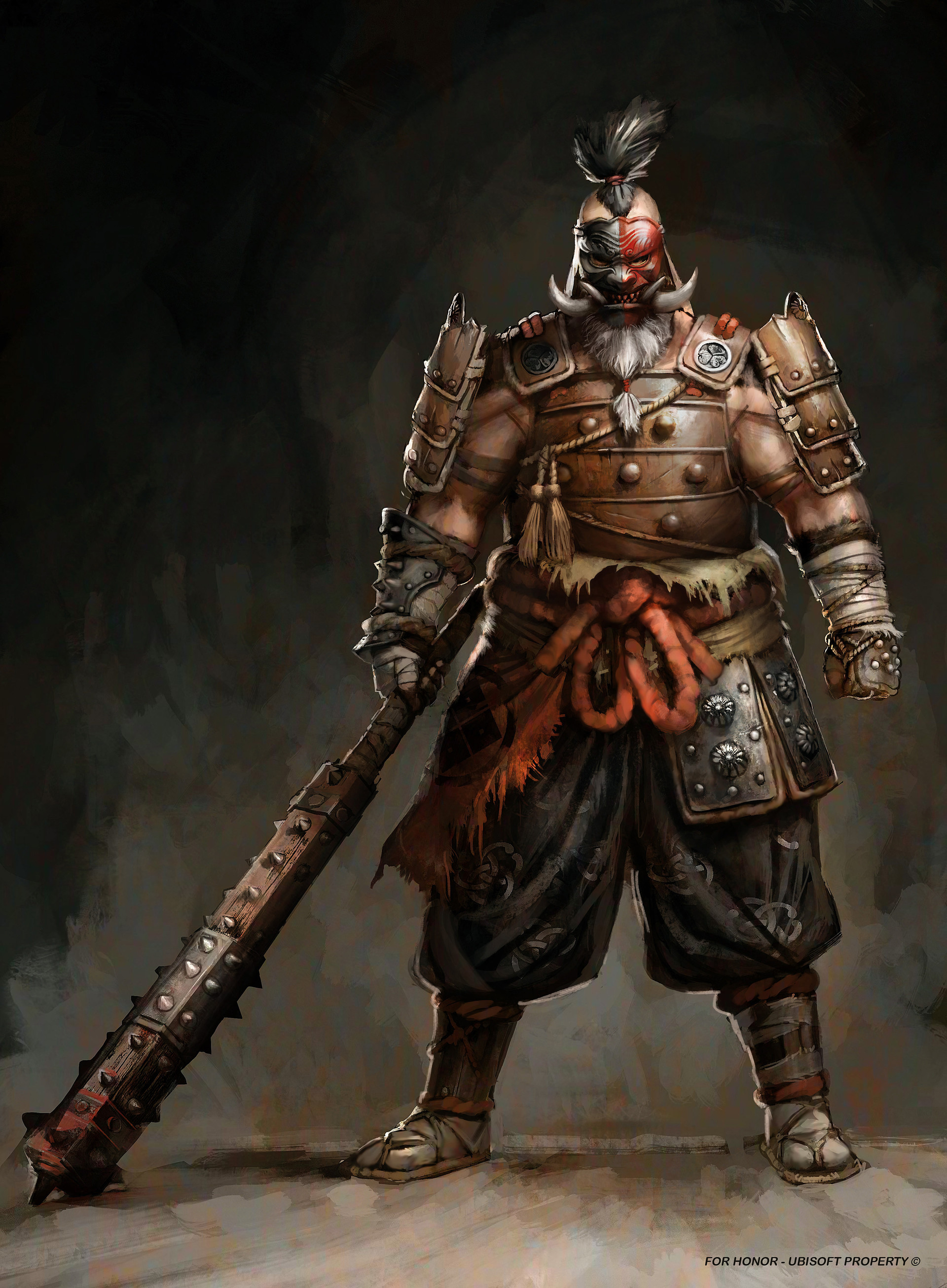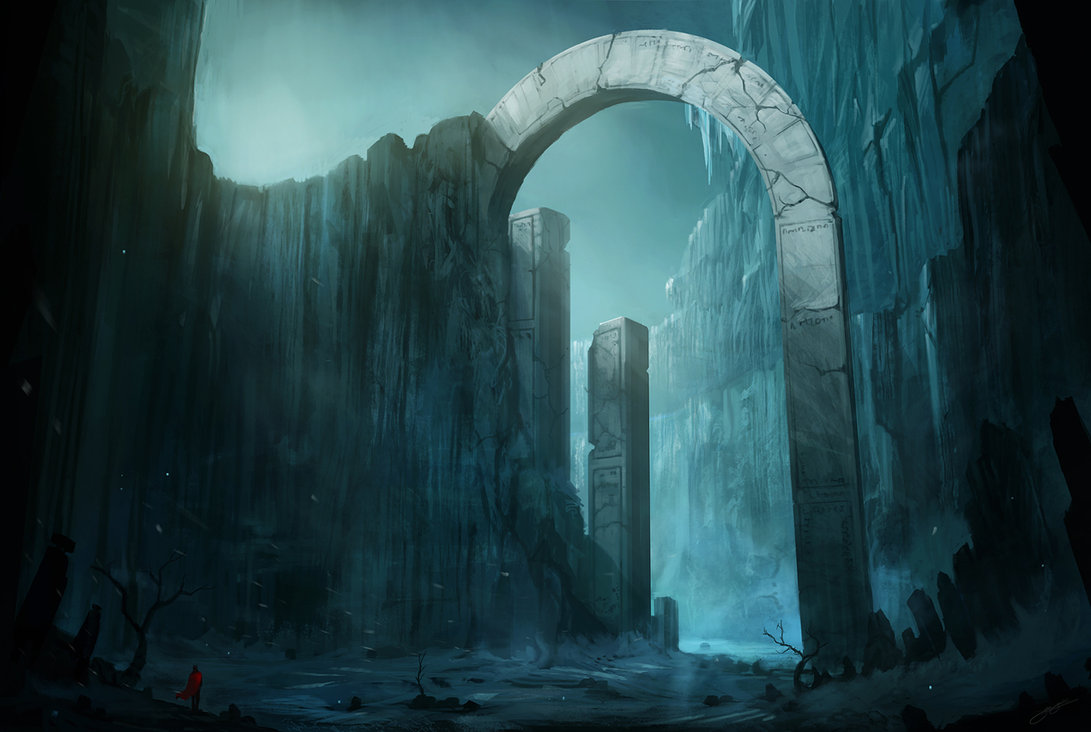Iron Oak Armor
Iron oak armor, or ironbark armor, is a special form of armor made from the bark of iron oaks found throughout Estoya, particularly in the Tablwood. The tablin invented the armor and the method of making it after discovering that iron oaks have remarkably dense wood that is lightweight.
Early carpenters who took on the challenge first tried to use the wood itself. It took hours to cut through a younger oak and no ever tried the older oaks in the wood. The wood had a tendency to snag on the saws and axes used which led to breakages and injury. Eventually, someone decided to strip the bark and surface layers of the tree and use them instead as they were easier to whittle down to the desired size and easier to gather.
the carpenter takes this wood and saturates it in clean water for days, allowing the wood to absorb the maximum amount of moisture.
Once this process is complete the carpenter will take the bark and layer them over one another. The carpenter takes a large mallet and hammers them down, merging the layers together as the moisture makes it easier to bond.
this ends up being the most difficult part of the process as layers are not uniform in size or elevation. While the moisture makes the layers malleable and able to flatten to a degree, often times great care will be needed to ensure even distribution of bark.
If this is not done the armor can have structural weaknesses as some areas will have more thickness or layering than others.
Once the bottom layers are formed the Carpenter will take them and place them on special jigs and proceed to layer them to desired thickness and shape.
Once this has been done the carpenter is technically done and lets the piece dry out just enough to allow the grey color of the bark to return to the surface and apply a coat of the special polymer made specific for this armor.
Early carpenters who took on the challenge first tried to use the wood itself. It took hours to cut through a younger oak and no ever tried the older oaks in the wood. The wood had a tendency to snag on the saws and axes used which led to breakages and injury. Eventually, someone decided to strip the bark and surface layers of the tree and use them instead as they were easier to whittle down to the desired size and easier to gather.
Process
The modern way of making the armor requires the carpenter to shave off large pieces of bark. The carpenter then whittles to the desired shape or for aesthetic purposes they may not. The carpenter then takes the bark and shaves or sands the roughness of the exterior bark revealing the moist wood beneath.the carpenter takes this wood and saturates it in clean water for days, allowing the wood to absorb the maximum amount of moisture.
Once this process is complete the carpenter will take the bark and layer them over one another. The carpenter takes a large mallet and hammers them down, merging the layers together as the moisture makes it easier to bond.
this ends up being the most difficult part of the process as layers are not uniform in size or elevation. While the moisture makes the layers malleable and able to flatten to a degree, often times great care will be needed to ensure even distribution of bark.
If this is not done the armor can have structural weaknesses as some areas will have more thickness or layering than others.
Once the bottom layers are formed the Carpenter will take them and place them on special jigs and proceed to layer them to desired thickness and shape.
Once this has been done the carpenter is technically done and lets the piece dry out just enough to allow the grey color of the bark to return to the surface and apply a coat of the special polymer made specific for this armor.
A Rare Gift
Generally finding someone who can even make the armor is rare, but finding a set for purchase is even more so. As such it is quite expensive and the polymer is almost required which adds another heft price one must pay. Usually carpenters sold a jug of the polymer free of charge with the purchase of the armor.Pros and Cons
The armor is by far one of the most cherished achievements of the tablin as it not only equals steel in almost every way, but also has several benefits over steel like its light weight and tendency to snag serrated weapons. The upkeep and expense are considered too much effort by many when steel is easier to find, easier to maintain, and cheaper
The secret is the balance of moisture in the wood combined with its density and resilience. While this puts the wood in the worst possible situation as far as rotting and infestation, a set of this armor that is taken care of will last generations.
Remove these ads. Join the Worldbuilders Guild




You've detailed all the way down to the polymer. Impressive work. I enjoyed the dialogue at the beginning. It felt very organic.
Thanks man that one actually took quite some time back in December and I was really proud of it. Thanks so much!
It shows your love and passion for your work when you detail to almost the minutia. I appreciate all of the nuances and think you've done a fantastic job.
Thanks do much!!!!